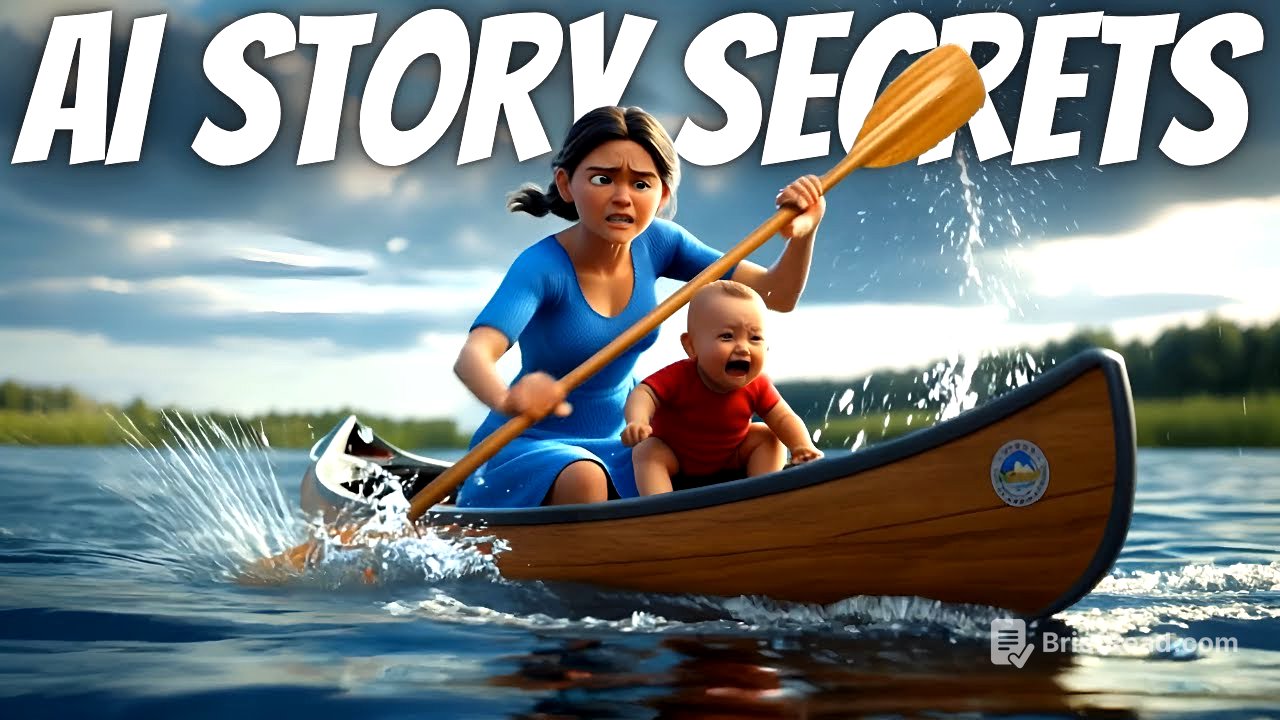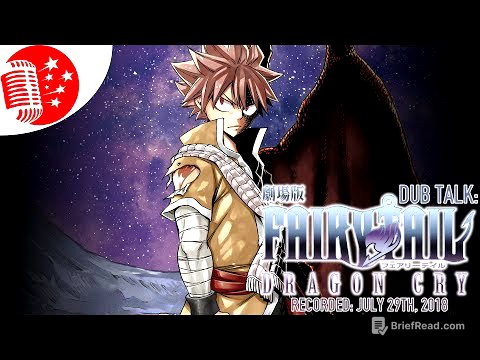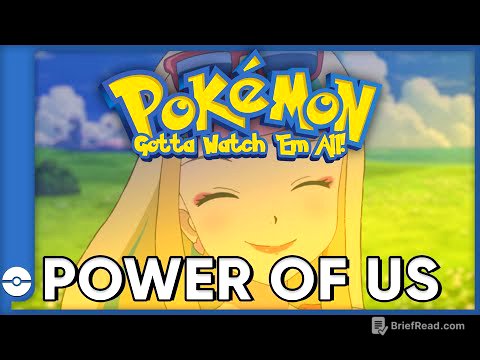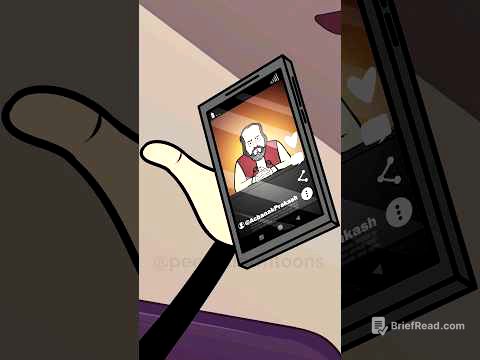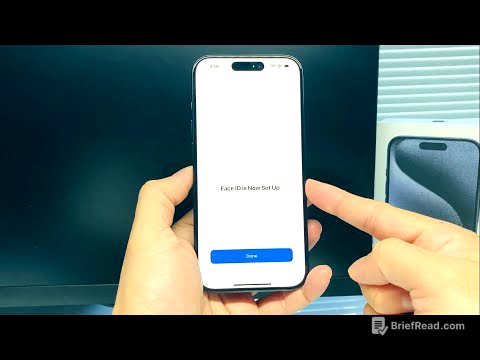TLDR;
This video provides a step-by-step guide on how to create a faceless YouTube channel using AI-generated content, focusing on cute animal videos similar to those that have gained millions of subscribers. It covers generating viral video ideas, creating visuals, animating images, and editing videos, all achievable from a laptop or smartphone. The tutorial includes adapting existing stories or creating original ones, ensuring consistent visual styles, and using various AI tools for image and video generation.
- Adapting existing stories or creating original ones.
- Generating consistent visual styles.
- Using AI tools for image and video generation.
Intro [0:19]
The video introduces the potential of creating a faceless YouTube channel that earns money by using AI to generate cute chick videos. It highlights successful channels that have gained millions of subscribers and earned substantial income through similar content. The tutorial aims to guide viewers in creating their own channels, generating viral video ideas with AI, and earning money from their laptops or smartphones.
Planning a Simple Silent Story [1:11]
The initial step involves planning a simple, silent story that relies on visuals and sound to convey the narrative. The story should be emotional and easy to understand, such as an act of kindness. There are two approaches: adapting existing stories or writing original ones. The video promises to demonstrate both methods, including generating visuals in a specific style, animating images, adding background music and sound effects, and editing everything into a high-quality video.
Adapting an Existing Story [1:59]
To adapt an existing story, the process begins by finding a source of inspiration, such as a viral video from another channel. The URL of the selected video is copied and pasted into Chajibet, an AI tool, which analyzes the video and provides details. Chajibet is then prompted to write a new story inspired by the same format, breaking it down scene by scene. The format can be adjusted to a paragraph format for better understanding, and specific details can be requested to refine the story.
Getting the Right Visual Styles [3:07]
To match the visual style of the reference channel, the video explains how to use AI to analyze and replicate the style. Three screenshots from a viral video are uploaded to Trag, which identifies the visual style (e.g., 3D animated, cinematic, or realistic). This information is then used to generate detailed image prompts using Chajibet, ensuring the generated images match the desired style.
Creating AI Art [3:48]
The next step involves creating AI art using platforms like Nim do video. The prompts generated by Chajibet are pasted into the prompt box, and settings such as the image model, aspect ratio, and quality are selected. The video compares the results from different models, such as GPT image and Flax Pro, to determine which generates the best results. This process is repeated for multiple prompts to ensure consistent visual styles.
Breaking the Story into Short Scenes [4:50]
The video details how to break the story into short scenes and generate matching image prompts for each scene. The story, provided by Charypt in a single paragraph format, is pasted back into Charypt with a request to break it down into short scenes and provide matching image prompts. It emphasizes the importance of maintaining consistent characters and art styles across all frames, especially for characters like a fluffy yellow chick. The AI tool generates prompts for each scene, ensuring a smooth video.
Creating a Story from Scratch [5:57]
The video introduces a second method for creating videos: using a pre-prepared prompt to generate a 12-scene story with consistent visuals and characters. The user only needs to modify the subject, number of scenes, character type, environment, character name, and story inspiration within the prompt. Once the prompt is entered into Charypt, it generates a 12-scene story with corresponding prompts for generating visuals using AI tools.
Generating Visuals and Converting Images into Animated Video Clips [7:04]
The video explains how to generate visuals using AI tools like Leonardo AI and Nim. The generated images are downloaded and saved. To convert the images into 3D animated video clips, tools like Nim AI are used. The process involves selecting the image, using a prompt to turn it into a video, and choosing a model and aspect ratio. Alternatively, Open AI can be used to animate images generated in Leonardo AI by uploading the image, typing a prompt, adding auto sound, and selecting the duration and quality mode.
Editing the Video [9:25]
The final step involves editing the video using Cap Cut. Media files are imported, dragged onto the timeline, and arranged according to the story sequence. Background music is added from free platforms like Pixabear and YouTube audio library or paid platforms like Epidemic Sound. Sound effects are added to match the video's reactions, such as a baby crying or a mother screaming. Additional filters and effects are added to enhance the video. The completed video is then downloaded and uploaded to YouTube. The video encourages viewers to repeat the process and upload consistently.
